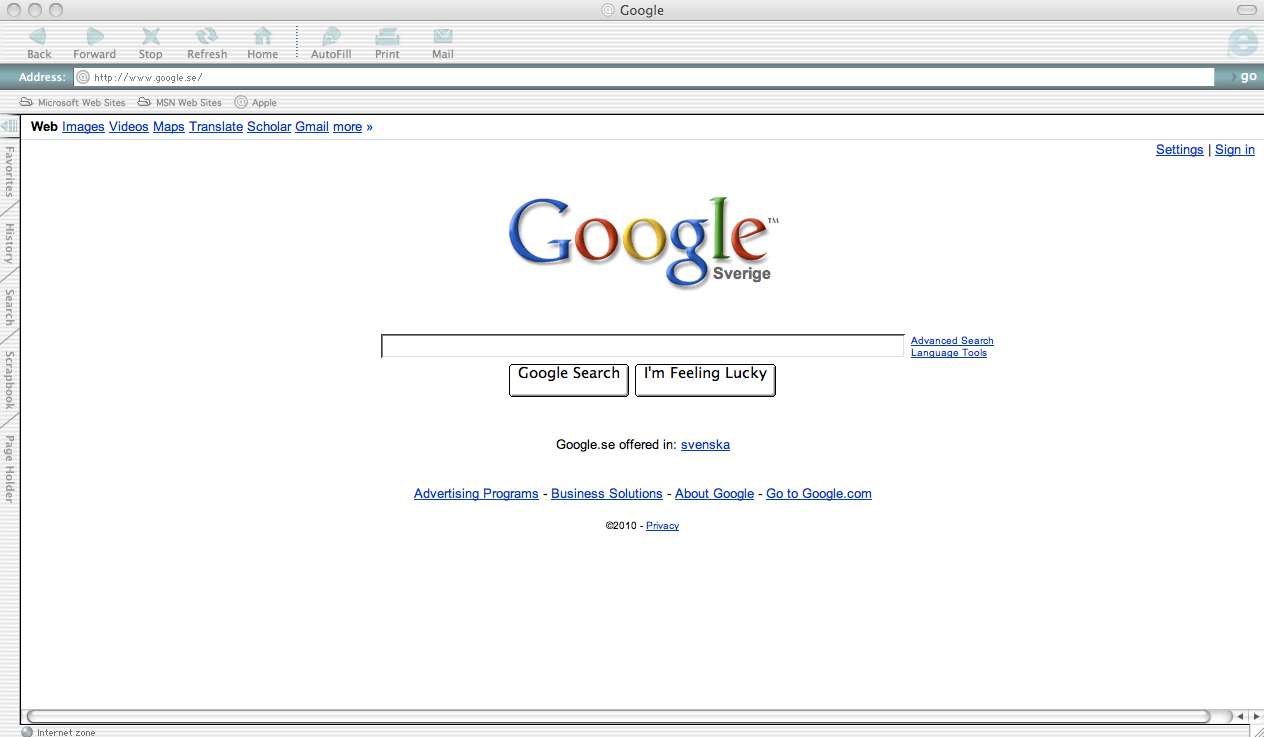Constant Crashing For Mac
The question why do MacBook Pro/Air, iMac, and Mac mini permanently crash pops up on the Apple support community pretty often. Very few Mac users manage to keep calm when a ‘spinning beach ball of death’ appears on their Mac’s screen. Even worse, macOS Sierra/High Sierra can get stuck on the ‘grey screen of death’ after routine updates. In spite of having a bulletproof reputation, Macs do freeze and crash sometimes, so you have to know how to handle these issues. Read on to learn step-by-step troubleshooting instructions for all possible situations. 1.Unplug all external devices (keep the keyboard, mouse, monitor, Ethernet connection, and AC power plugged).
Apple Hardware Test might show an error message if other devices are not unplugged. Turn off your Mac, and turn it on again holding the D key while it is booting. Wait until the Apple Diagnostics screen (Apple Hardware Test icon) shows up: 3. If you’re running the Apple Hardware Test, choose the language by pressing the ‘up’ and ‘down’ arrows, then hit the Return key to confirm.
Apple Diagnostics performs the further steps automatically. If your Mac crashed during the automatic software update, find and delete the following files:. /Library/Preferences/com.apple.SoftwareUpdate.plist. /Home/Library/Preferences/ByHost/com.apple.SoftwareUpdate.xyz.plist (“xyz” is a number). /Home/Library/Caches/com.apple.SoftwareUpdate/ (purge the entire folder). Alternatively, use a Time Machine backup to revert to the previous state.
If you use one of the earlier Mac OS X versions, follow the below instructions to fix freeze-ups and system crashes. Choose an option depending on the severity of the problem. Try rebooting your Mac in a Safe Mode. For this, hold down the Shift key while restarting your computer until the Apple logo appears.
If the startup fails, most likely you don’t have enough free space on your startup disk. Try resetting the NVRAM. For this, restart your Mac and press down the Command-Option-P-R keys altogether after hearing the start-up chime. Release the keys after you hear the startup chime for the second time. Boot into the Recovery Mode.
For this, restart your Mac holding down the Command ( ⌘ )-R key combination after hearing the start-up sound. Check your hard drive for errors using the Disk Utility. If the problem persists, reinstalling Mac OS X from scratch is your best option. First, reboot your computer into the Recovery Mode.

In the OS X Utilities menu, select Reinstall OS X, then click Continue. Apple care protection plan auto enroll for mac. Reset the SMC (System Management Controller). Unplug all accessories before resetting.
Press and hold down the Power button for 10 seconds to turn off your Mac. Disconnect the AC adapter and wait 15 seconds, then plug the power cord back in and switch on your Mac in 5 seconds. Reboot in Safe Mode. Restart your Mac while pressing down the Shift key after you hear the start-up chime. Reset NVRAM/PRAM.
Constant Crashing For Mac 2016
Restart Mac while holding down the Command-Option-P-R key combination. Uninstall third-party apps, plug-ins, antivirus software, PPTP VPN software, which may be incompatible with the current macOS version. Clean up your Mac’s startup disk to ensure there is enough space for macOS to operate properly.